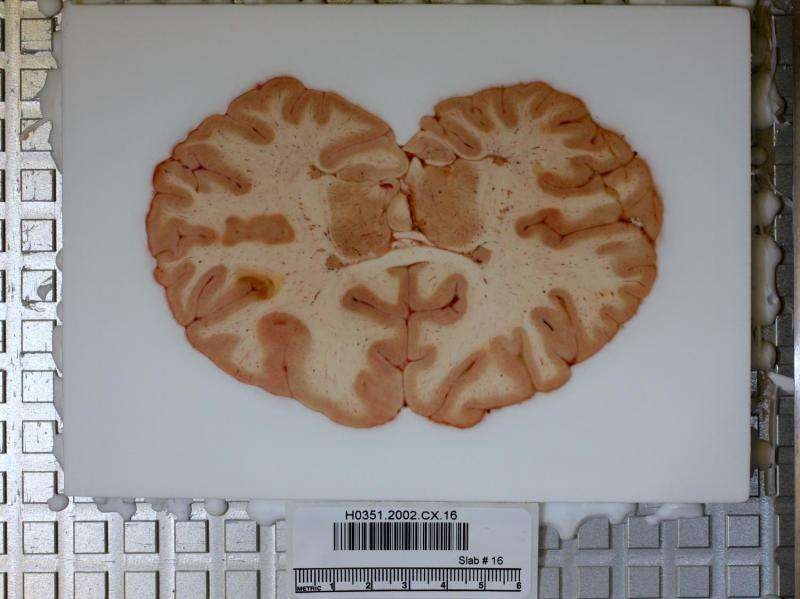Researchers decode patterns that make our brains human

The human brain may be the most complex piece of organized matter in the known universe, but Allen Institute researchers have begun to unravel the genetic code underlying its function. Research published this month in Nature Neuroscience identified a surprisingly small set of molecular patterns that dominate gene expression in the human brain and appear to be common to all individuals, providing key insights into the core of the genetic code that makes our brains distinctly human.
"So much research focuses on the variations between individuals, but we turned that question on its head to ask, what makes us similar?" says Ed Lein, Ph.D., Investigator at the Allen Institute for Brain Science. "What is the conserved element among all of us that must give rise to our unique cognitive abilities and human traits?"
Researchers used data from the publicly available Allen Human Brain Atlas to investigate how gene expression varies across hundreds of functionally distinct brain regions in six human brains. They began by ranking genes by the consistency of their expression patterns across individuals, and then analyzed the relationship of these genes to one another and to brain function and association with disease.
"Looking at the data from this unique vantage point enables us to study gene patterning that we all share," says Mike Hawrylycz, Ph.D., Investigator at the Allen Institute for Brain Science. "We used the Allen Human Brain Atlas data to quantify how consistent the patterns of expression for various genes are across human brains, and to determine the importance of the most consistent and reproducible genes for brain function."
Despite the anatomical complexity of the brain and the complexity of the human genome, most of the patterns of gene usage across all 20,000 genes could be characterized by just 32 expression patterns. While many of these patterns were similar in human and mouse, the dominant genetic model organism for biomedical research, many genes showed different patterns in human. Surprisingly, genes associated with neurons were most conserved across species, while those for the supporting glial cells showed larger differences.
The most highly stable genes—the genes that were most consistent across all brains—include those that are associated with diseases and disorders like autism and Alzheimer's and include many existing drug targets. These patterns provide insights into what makes the human brain distinct and raise new opportunities to target therapeutics for treating disease.
The researchers also found that the pattern of gene expression in cerebral cortex is correlated with "functional connectivity" as revealed by neuroimaging data from the Human Connectome Project. "It is exciting to find a correlation between brain circuitry and gene expression by combining high quality data from these two large-scale projects," says David Van Essen, Ph.D., professor at Washington University in St. Louis and a leader of the Human Connectome Project.
"The human brain is phenomenally complex, so it is quite surprising that a small number of patterns can explain most of the gene variability across the brain," says Christof Koch, Ph.D., President and Chief Scientific Officer at the Allen Institute for Brain Science. "There could easily have been thousands of patterns, or none at all. This gives us an exciting way to look further at the functional activity that underlies the uniquely human brain."
More information: Canonical genetic signatures of the adult human brain, Nature Neuroscience, DOI: 10.1038/nn.4171
















